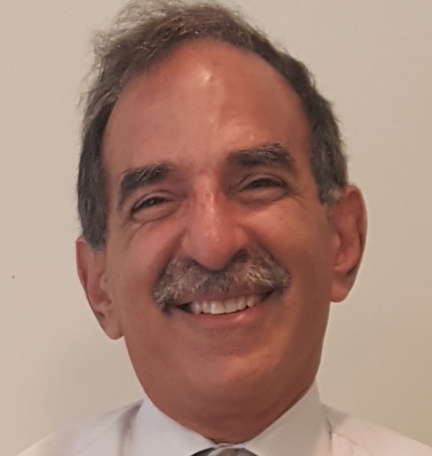The long lines at TSA airport checkpoints are encouraging some people to drive to their final destination rather than to fly. Ultimately, this results in more fatalities and injuries than flying. As such, it is essential that the public and private sectors work together to reduce wait times and capture the safety, security and economic benefits it brings.
Flying is quick, convenient, affordable, and safe. For relatively short distances, however, alternatives to flying exist, and many travelers are likely to choose these alternative modes when the cost of flying becomes too great. That cost is not just monetary but also the time and emotional cost that comes with standing in a long, slow-moving security line. This is where economics comes into play; it is all about demand for commercial aviation.
Demand is a function of the traveler’s desire and willingness to pay a price for the opportunity to fly. Holding all other factors constant, an increase in the price of flying will decrease demand, and vice versa. The time spent waiting in line is tantamount to an increase in the price of the good or service. Thus, the important question is whether some people will choose an alternative to flying given the costs. The answer is yes.
These costs do not go unseen by the traveling public. For example, on an article about long TSA lines, one commenter wrote:
While I would normally fly to Florida I opted to drive this time. The 11 hour drive will cost me only about $75-$100 in gas and the travel time will be NOW be about the same if I count in all the security wait times and plane changes with a possibility of missing my flight due to security. Not to mention hanging around for hours in a dirty airport.
Granted, the comments section of any online article is not known for accuracy, but this comment reveals what many travelers calculate—that there are real costs to slow security lines and that is factor in the demand for air travel. What the traveling public may be less likely to include in their calculus is the costs that arise by having more people driving to their destination. In the aggregate, more accidents and death have a high societal cost.
A 2013 study published in the academic journal Research in Transportation Economics, “Comparing the Fatality Risks in United States Transportation Across Modes and Over Time,” investigated historical trends in fatalities. Author Ian Savage wrote:
Excluding acts of suicide and terrorism, commercial aviation was the safest mode of travel in the United States, with 0.07 fatalities per billion passenger miles: “A person who took a 500-mile flight every single day for a year, would have a fatality risk of 1 in 85,000.
So if we assume that a person is more likely to die traveling in cars rather than flying in airplanes, then we (the public and private sectors) need to figure out how to stop people from diverting. While we can’t put a philosophical value on human life, the federal government does work with an estimated economic value. The U. S. Department of Transportation uses a value of statistical life (VSL) of $9.4 million for economic analyses. In other words, the value of preventing one fatality from occurring on our nation’s highways is $9.4 million.
Taking this one step further, if we developed a break-even analysis (the point at which benefits equal costs), and let’s also say that an added 10 individuals perished annually after making the decision to drive rather than fly, then an extra $94.4 million should be spent (10 fatalities * $9.4 million per fatality in 2015) annually to reduce the length of the TSA lines so that these people would continue to fly.
Economists like me can develop these numbers further and calculate the statistical probability of people switching from flying to driving (and the resulting fatalities and injuries) as a result of long lines, but it is not necessary in this case. That is because flying is safer than driving. As long as you believe that premise, then you should understand that we need to do nearly everything possible to prevent people from diverting as a result of long TSA lines.


